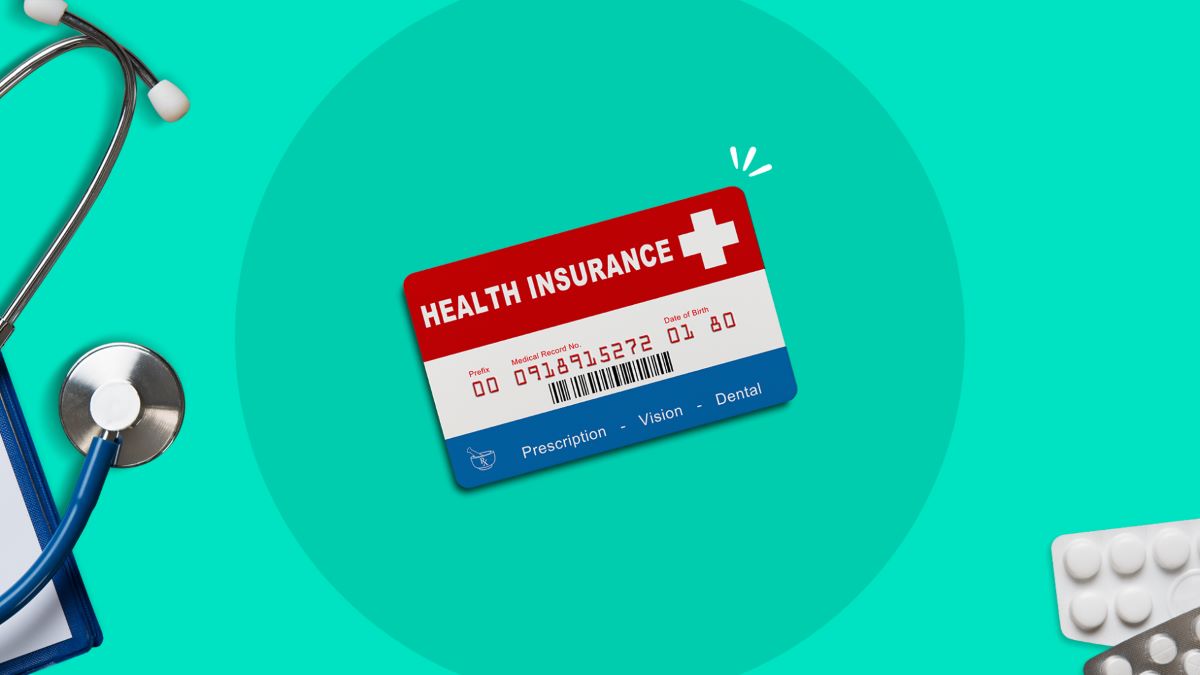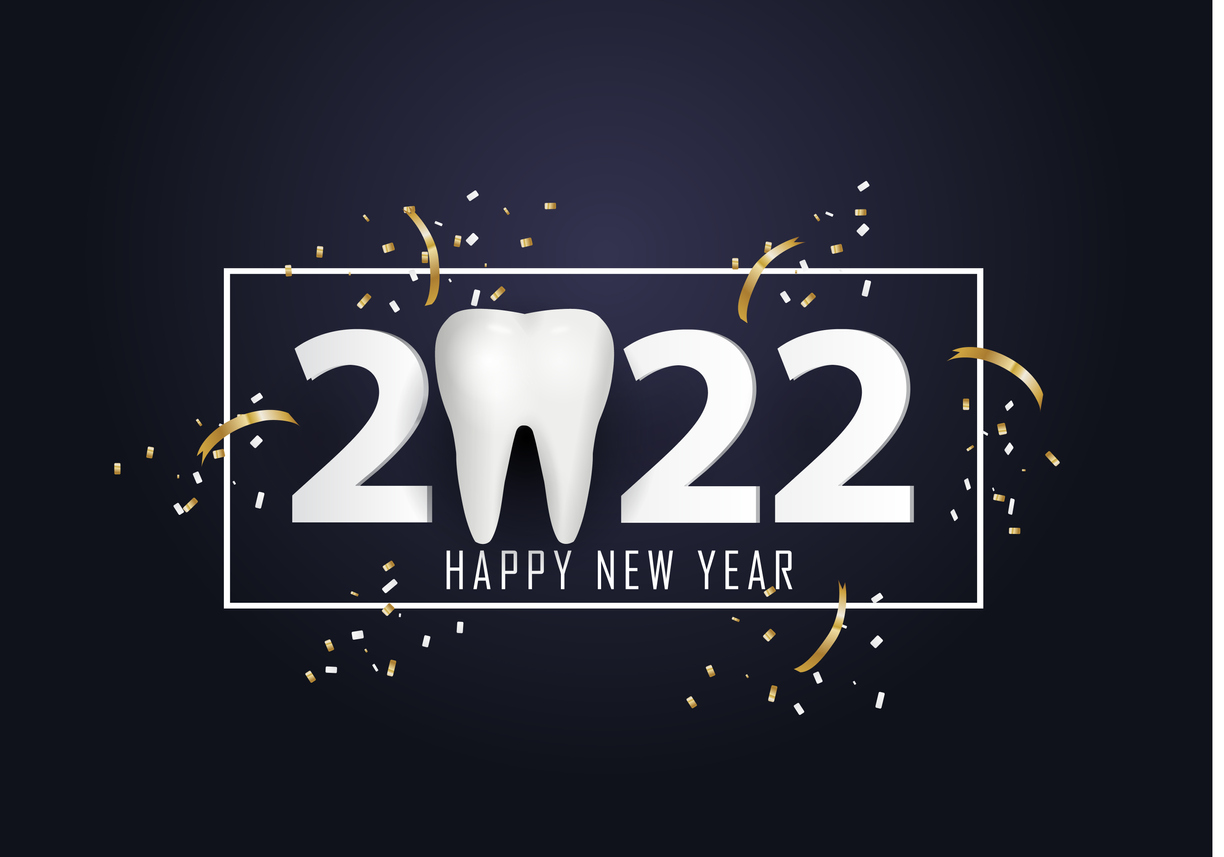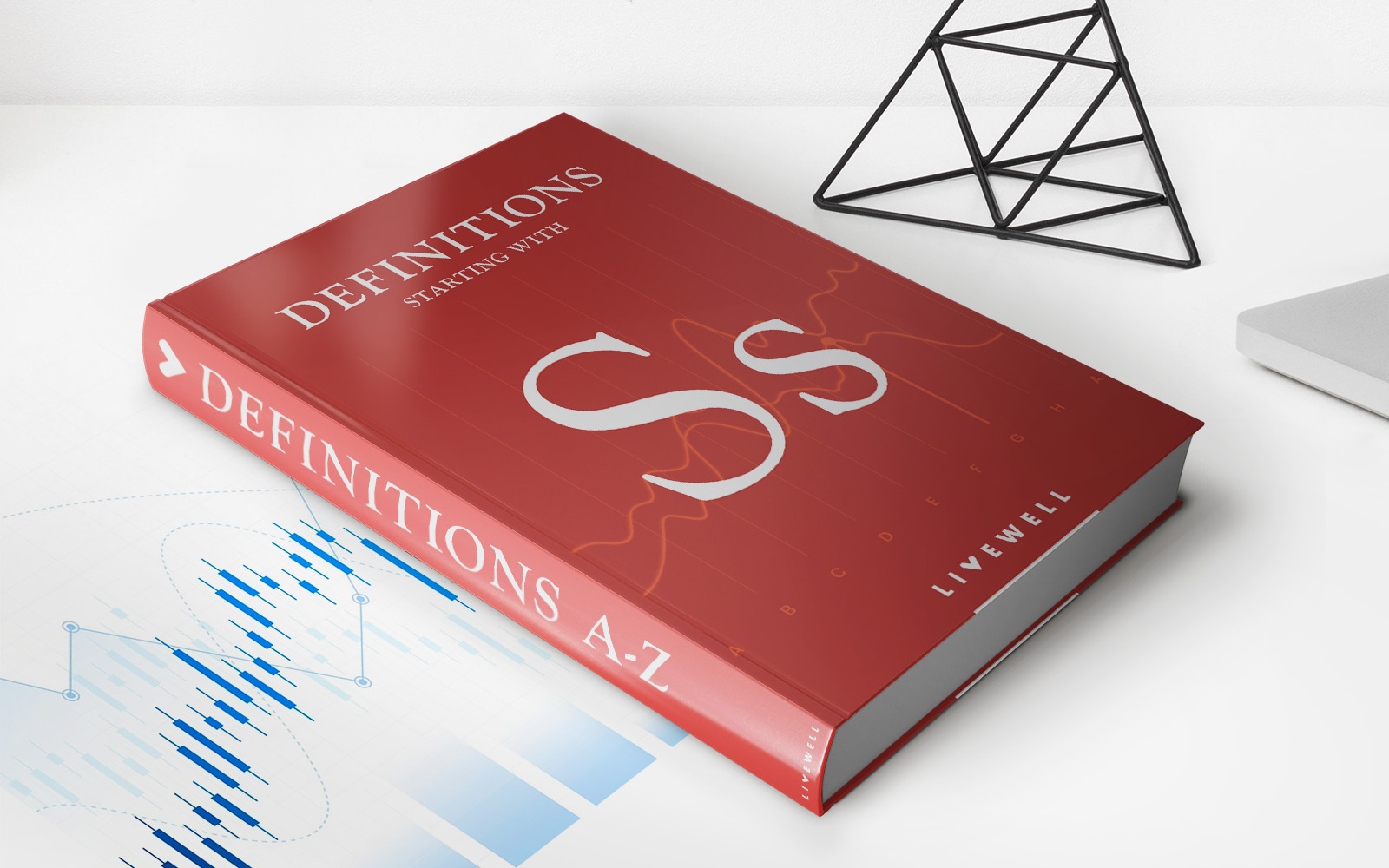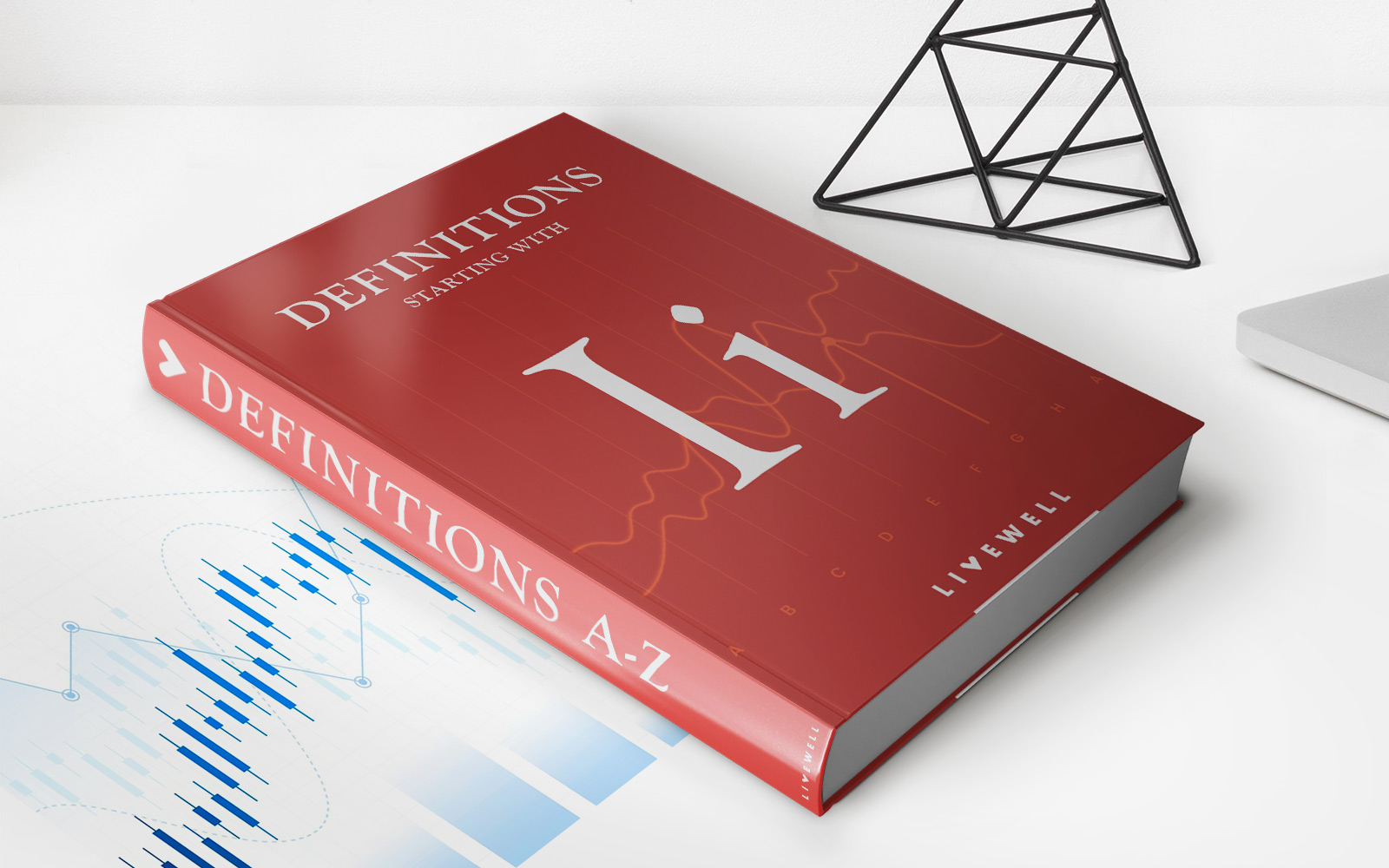Home>Finance>What Does The Annual Maximum Mean For Dental Insurance?


Finance
What Does The Annual Maximum Mean For Dental Insurance?
Modified: December 30, 2023
Understanding the concept of annual maximum in dental insurance and its impact on your finances. Learn how this limit can affect your coverage and out-of-pocket expenses.
(Many of the links in this article redirect to a specific reviewed product. Your purchase of these products through affiliate links helps to generate commission for LiveWell, at no extra cost. Learn more)
Table of Contents
Introduction
Welcome to the world of dental insurance! If you’ve ever had dental coverage, you may have come across the term “annual maximum.” What exactly does it mean, and why is it important? In this article, we’ll dive into the details of the annual maximum and its significance in dental insurance.
Understanding dental insurance can sometimes feel like deciphering a complex puzzle. With various terms, coverage limitations, and cost considerations, it’s important to have a grasp on the key components of your plan. One such component is the annual maximum.
The annual maximum refers to the maximum amount of money that your dental insurance plan will pay out for covered dental services within a specific time frame, usually a calendar year. Think of it as a cap on your dental benefits for the year. Once you reach this limit, you will be responsible for paying for any remaining dental expenses out of pocket until the start of the new benefit year.
While each dental insurance plan has its own specific annual maximum, it typically falls within a range of $1,000 to $2,000, although some plans may have higher or lower limits. It’s important to review your dental plan documents or speak with your insurance provider to determine your exact annual maximum.
The annual maximum is a crucial factor to consider when selecting a dental insurance plan as it directly impacts the financial coverage you receive for dental treatments. Understanding its implications and how to effectively utilize your annual maximum can help you make the most of your dental insurance benefits.
In the following sections, we’ll explore in detail what the annual maximum means for dental insurance, its importance, coverage limitations and restrictions, the impact on your treatment costs, and how to wisely utilize this benefit. So, let’s jump right in and unravel the mysteries of the annual maximum!
Understanding Dental Insurance
Dental insurance is designed to help individuals and families manage the costs of dental care. It provides financial coverage for a range of dental procedures, including preventive care, restorative treatments, and orthodontic services. However, dental insurance plans differ in terms of coverage, cost-sharing arrangements, and limitations.
When considering dental insurance, it’s important to understand the various terms and components that make up your plan. This knowledge will empower you to make informed decisions about your oral health and finances.
Typically, dental insurance plans cover a percentage of the cost for different types of dental services. For example, preventive care such as cleanings and exams may be covered at 100%, while more extensive procedures like fillings or crowns may have a lower coverage percentage, often around 50-80%. It’s also common for dental plans to require you to pay a copayment or deductible for certain treatments.
In addition to coverage percentages and copayments, dental insurance plans often have annual benefit maximums, waiting periods for certain treatments, and exclusions for pre-existing conditions. These factors can influence your access to care and out-of-pocket expenses.
The annual maximum, in particular, plays a critical role in determining how much coverage you can receive within a calendar year. It’s essential to have a clear understanding of this aspect of your dental insurance plan to effectively plan and budget for your dental needs.
Now that we have a basic understanding of dental insurance, let’s dive into the specifics of the annual maximum and how it impacts your coverage and expenses.
What is the Annual Maximum?
The annual maximum is the maximum amount of money that your dental insurance plan will pay for covered dental services within a specific time period, usually a calendar year. It represents the limit on the benefits you can receive in a given year. Once you reach the annual maximum, you will be responsible for covering the remaining dental expenses out of pocket.
Every dental insurance plan sets its own annual maximum, which can vary widely. It is common to see annual maximums ranging from $1,000 to $2,000, although some plans may have higher or lower limits. It’s important to review your plan documents or contact your insurance provider to determine your specific annual maximum.
When you receive dental services, the cost of each procedure is applied towards your annual maximum until it is reached. For example, if your plan has an annual maximum of $1,500 and you undergo a procedure that costs $800, your remaining benefit amount for the year will be reduced to $700. Once you reach the maximum limit, your insurance coverage for the rest of the benefit year will no longer apply.
It’s important to note that the annual maximum resets each year. Typically, dental insurance plans operate on a calendar year basis, so the annual maximum refreshes on January 1st. This means that any unused benefits from the previous year do not roll over to the next year. Therefore, it’s crucial to use your dental benefits wisely to maximize their value.
The annual maximum serves as a way for insurance companies to limit their financial liability while providing coverage to their policyholders. It ensures that individuals do not exceed a certain threshold of dental expenses within a given year. By understanding your plan’s annual maximum, you can effectively plan and prioritize your dental treatments to make the most of your insurance coverage.
Importance of the Annual Maximum
The annual maximum plays a crucial role in dental insurance, and understanding its importance is key to maximizing your dental benefits. Here are a few reasons why the annual maximum is significant:
- Budgeting for dental expenses: The annual maximum helps you plan and budget for your dental care throughout the year. By knowing the maximum amount your insurance will cover, you can estimate your out-of-pocket expenses and make informed decisions about the timing and sequence of your dental treatments.
- Providing financial protection: Dental procedures can be costly, especially for more complex treatments like crowns or implants. The annual maximum provides a safety net by limiting your out-of-pocket expenses. Once you reach the maximum, your insurance will cover the remaining costs, relieving some of the financial burden.
- Encouraging preventive care: Most dental insurance plans cover preventive treatments, such as cleanings and exams, at 100% with no out-of-pocket costs. The annual maximum ensures that you have access to these important preventive services without depleting your coverage for other treatments.
- Prioritizing necessary treatments: If you require multiple dental procedures, the annual maximum helps you prioritize which treatments to pursue first. By understanding the amount of coverage available, you can focus on addressing urgent or essential dental needs before reaching the limit.
- Maximizing your dental benefits: Keeping track of your annual maximum allows you to make the most of your dental benefits. By strategically planning your treatments and utilizing your coverage efficiently, you can optimize the value of your insurance plan and potentially save money.
It’s important to note that the annual maximum is just one aspect of your dental insurance coverage. Other factors such as coverage percentages, deductibles, and waiting periods also influence your benefits. Therefore, it’s essential to review your plan details thoroughly and consult with your insurance provider or dental office to fully understand the scope of your coverage.
Now that we recognize the significance of the annual maximum, let’s explore any limitations or restrictions that may impact your dental insurance coverage.
Coverage Limitations and Restrictions
While dental insurance plans provide valuable coverage, it’s important to be aware of the limitations and restrictions that may apply. These factors can impact the extent of coverage provided by your annual maximum. Here are some common limitations and restrictions to consider:
- Exclusions and waiting periods: Dental insurance plans often have exclusions for certain treatments or services. These may include cosmetic procedures or orthodontic treatments for adults. Additionally, some plans enforce waiting periods before coverage applies to specific procedures, meaning you must wait a certain period after obtaining the coverage before accessing certain treatments.
- Pre-authorization requirements: In some cases, dental insurance plans may require pre-authorization for certain procedures. This means that you must receive approval from your insurance provider before undergoing a particular treatment. Failure to obtain pre-authorization may result in reduced coverage or denial of benefits.
- Coverage percentages: Dental insurance plans typically cover different types of treatments at various percentages. For example, preventive services may be covered at 100%, while restorative treatments may have coverage ranging from 50% to 80%. It’s important to understand the coverage percentages for different procedures to anticipate your out-of-pocket expenses.
- Frequency limitations: Some dental procedures have limitations on how often they can be performed within a specific time frame. For instance, your plan may cover one dental cleaning every six months, but additional cleanings within that period may not be covered. Understanding these frequency limitations is essential for planning your routine dental care.
- Annual maximum rollover: While most dental insurance plans do not allow the rollover of unused benefits from one year to the next, there are some exceptions. Some plans may offer a rollover feature, allowing you to carry over a portion of your unused annual maximum to the following benefit year. This can be advantageous if you anticipate needing more extensive dental treatment in the future.
It’s important to thoroughly review your dental insurance plan documents, including the summary of benefits and coverage, to understand the specific limitations and restrictions that apply to your plan. By being informed about these factors, you can effectively navigate your dental insurance coverage and make informed decisions about your dental care.
Now that we’ve discussed the potential limitations and restrictions, let’s explore the impact of the annual maximum on your treatment costs.
Effects on Treatment Costs
The annual maximum plays a significant role in determining your out-of-pocket expenses for dental treatments. Understanding how it affects your treatment costs can help you plan and make financially sound decisions. Here are the key effects of the annual maximum on treatment costs:
- Coverage for treatments: The annual maximum sets a limit on the amount your dental insurance plan will reimburse for covered services. Once you reach this limit, you will be responsible for paying for any additional treatments out of pocket. It’s important to keep track of your accumulated expenses throughout the year to ensure you do not exceed your maximum coverage.
- Distribution of costs: The annual maximum influences how your treatment costs are distributed. If you have extensive dental needs and your annual maximum is lower, you may need to carefully plan which treatments to pursue first to make the most of your coverage. Additionally, reaching your maximum early in the year may require you to cover the full cost of any subsequent treatments until the next benefit year begins.
- Out-of-pocket expenses: Once you reach your annual maximum, any remaining dental expenses become your responsibility. It’s essential to consider this when budgeting for treatments and planning your dental care. If you anticipate reaching your maximum, you may want to discuss alternatives with your dentist, such as spacing out treatments over multiple benefit years.
- Timing of treatments: Understanding your annual maximum can help you strategically time your dental treatments. For example, if you anticipate reaching your maximum soon, you may want to schedule more costly treatments earlier in the year to take advantage of your full coverage. On the other hand, if you have upcoming treatments and a low remaining benefit amount, it may be beneficial to postpone non-urgent procedures until the start of the next benefit year.
- Coordination with insurance provider: Discussing your treatment plan with your dental office and insurance provider is essential. They can help you navigate the annual maximum and provide guidance on maximizing your coverage. Dental professionals can also work with you to ensure you receive necessary treatments while managing costs effectively.
By understanding the effects of the annual maximum on your treatment costs, you can make informed decisions about your dental care. It’s crucial to review your plan details, discuss your needs with your dental office, and plan your treatments accordingly to optimize your insurance coverage.
Now that we’ve explored the impact of the annual maximum on treatment costs, let’s discuss how you can utilize this benefit wisely.
How to Utilize Annual Maximum Wisely
Effectively utilizing your annual maximum can help you maximize your dental insurance benefits and ensure that you receive necessary treatments while managing costs. Here are some tips to help you make the most of your annual maximum:
- Plan your treatments: Review your dental treatment plan and consult with your dentist to prioritize necessary procedures. By strategically planning your treatments, you can make sure to address urgent needs and optimize your insurance coverage.
- Schedule early in the year: If possible, schedule more extensive or costly treatments early in the benefit year. This allows you to take advantage of your full annual maximum and ensure that you receive the coverage you need before reaching the limit.
- Consider other payment options: If you anticipate reaching your annual maximum and still require additional treatments, discuss payment options with your dental office. Flexible financing or payment plans can help you manage the costs of ongoing or future treatments.
- Review alternative treatments: In some cases, there may be alternative treatments or procedures that can help address your dental needs without depleting your annual maximum. Discuss potential options with your dentist to explore alternatives that are both effective and cost-efficient.
- Take advantage of preventive care: Since preventive services are often covered at 100%, make sure to schedule regular cleanings, exams, and other preventive treatments. By staying proactive with your oral health, you can help prevent more extensive and costly treatments down the line.
- Keep track of your expenses: Stay informed about the amount of your annual maximum that has been utilized during the year. Regularly check with your dental office and insurance provider to stay updated on your remaining benefits and plan your treatments accordingly.
- Maximize your insurance coverage: Look into your plan’s coverage details to understand which treatments are covered at higher percentages. By prioritizing these services, you can make the most of your coverage and minimize out-of-pocket expenses.
Remember, every dental insurance plan is unique, so it’s essential to review your plan documents and consult with your insurance provider for specific details. They can provide guidance on coverage, limitations, and any special considerations that apply to your plan.
By utilizing your annual maximum wisely and staying proactive with your oral health, you can optimize your dental insurance benefits and receive necessary treatments while managing costs effectively.
Now that we’ve explored how to utilize your annual maximum, let’s summarize our key points.
Conclusion
The annual maximum is a critical component of dental insurance that determines the maximum amount of coverage you can receive within a given year. Understanding the annual maximum and its impact on your dental benefits is crucial for effectively managing your oral health and finances.
By comprehending the annual maximum, you can plan your treatments, budget for dental expenses, and make informed decisions about your oral care needs. It is important to be aware of any coverage limitations or restrictions that may apply to your plan, such as waiting periods or exclusions for certain treatments.
Consideration of the annual maximum is vital for managing treatment costs and maximizing your insurance coverage. Make use of preventive care services that are often fully covered, strategize your treatment scheduling to optimize your benefits, and explore alternative treatment options when appropriate.
Regular communication with your dental office and insurance provider will ensure that you stay informed about your remaining benefits throughout the year. This will enable you to make informed decisions about the timing and sequence of your treatments while effectively utilizing your annual maximum.
Remember, each dental insurance plan is unique, so it is essential to carefully review your plan documents and consult with your insurance provider for specific details and recommendations tailored to your coverage. By being proactive, empowered, and knowledgeable about your dental insurance benefits, you can make the most of your annual maximum and maintain optimal oral health without unnecessary financial stress.
Now that you’re equipped with a deeper understanding of the annual maximum, go forth and make the most of your dental insurance coverage!














